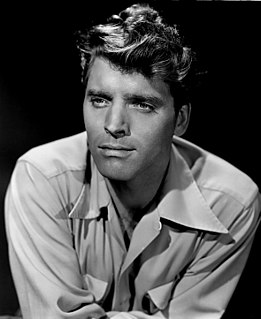
Burton Stephen Lancaster was an American actor and producer. Initially known for playing "tough guys", he went on to achieve success with more complex and challenging roles. He was nominated four times for Academy Awards, and won once for his work in Elmer Gantry in 1960. He also won a Golden Globe Award for that performance and BAFTA Awards for Birdman of Alcatraz (1962) and Atlantic City (1980).
The Parable of the Prodigal Son is a parable of Jesus from the Bible.

Blackmail is a 1929 British thriller drama film directed by Alfred Hitchcock and starring Anny Ondra, John Longden, and Cyril Ritchard. Based on the 1928 play of the same name by Charles Bennett, the film is about a London woman who is blackmailed after killing a man who tries to rape her.

Lee Garmes, A.S.C. was an American cinematographer. During his career, he worked with directors Howard Hawks, Max Ophüls, Josef von Sternberg, Alfred Hitchcock, King Vidor, Nicholas Ray and Henry Hathaway, whom he had met as a young man when the two first came to Hollywood in the silent era. He also co-directed two films with legendary screenwriter Ben Hecht: Angels Over Broadway and Actor's and Sin.
Richard van Enger was an American film editor who made his debut as an assistant on Gone with the Wind in 1939. Up until his retirement in 1976, he worked on a myriad of projects - mainly B movies - before moving to television in the 1950s where he worked on such shows as Bonanza, The High Chaparral and Alias Smith and Jones. He received an Academy Award nomination for his work on the John Wayne flagwaver Sands of Iwo Jima in 1949.
William H. Clothier, A.S.C. was an American cinematographer.

John Gustav Adolfi was an American silent film director, actor, and screenwriter who was involved in more than 100 productions throughout his career. An early acting credit was in the recently restored 1912 film Robin Hood.
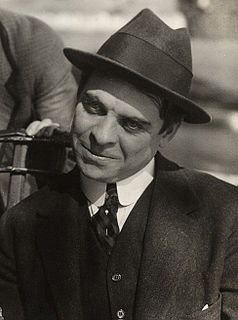
Edward Dillon was an American actor, director and screenwriter of the silent era. He appeared in 327 films between 1905 and 1932. He also directed 134 films between 1913 and 1926. He was born in New York, New York and died in Hollywood, California from a heart attack, aged 54. He was the brother of actor John T. Dillon.

George Gebhardt was a Swiss-born American silent film actor. He appeared in 128 films between 1908 and 1922. He was born in Basel, Switzerland and died in Edendale, Los Angeles from tuberculosis.
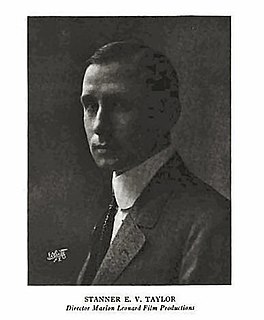
Stanner E.V. Taylor was an American screenwriter and director of the silent era. He wrote for 108 films between 1908 and 1929.
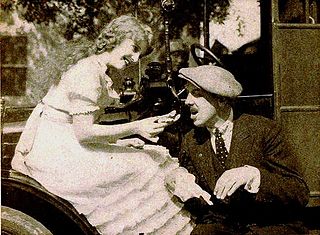
Charles Maigne was an American screenwriter and film director of the silent era. He wrote for 32 films between 1916 and 1928. He also directed 18 films between 1918 and 1923. He was born in Richmond, Virginia and died in San Francisco, California.
Hecht-Hill-Lancaster was a production company formed by the actor Burt Lancaster in association with his agent, Harold Hecht, and James Hill. In 1948 Lancaster and Hecht formed Norma Productions, which later became Hecht-Lancaster. Hill joined in the mid-1950s. The company produced some of the most notable American films of the 1950s.
Charles Craft was an English-born American film and television editor. Born in the county of Hampshire in England on May 9, 1902, Craft would enter the film industry in Hollywood in 1927. The first film he edited was the Universal Pictures silent film, Painting the Town. Over the next 25 years, Craft would edit 90 feature-length films. In the early 1950s he would switch his focus to the small screen, his first show being Racket Squad, from 1951–53, for which he was the main editor, editing 93 of the 98 episodes. He would work on several other series during the 1950s, including Meet Corliss Archer (1954), Science Fiction Theatre (1955–56), and Highway Patrol (1955–57). In the late 1950s and early 1960s he was one of the main editors on Sea Hunt, starring Lloyd Bridges, editing over half of the episodes. His final film work would be editing Flipper's New Adventure (1964, the sequel to 1963's Flipper. When the film was made into a television series, Craft would begin the editing duties on that show, editing the first 28 episodes before he retired in 1966. Craft died on September 19, 1968 in Los Angeles, California.

The Kentuckians is a lost 1921 American silent drama film directed by Charles Maigne and written by Frank Tuttle based upon the novel of the same name by John Fox, Jr.. The film stars Monte Blue, Wilfred Lytell, Diana Allen, Francis Joyner, J.H. Gilmour, John Miltern, and Thomas S. Brown. The film was released on February 20, 1921, by Paramount Pictures.
The Gilded Cage, derived from the phrase "a bird in a gilded cage" meaning living in a luxurious prison, may refer to:
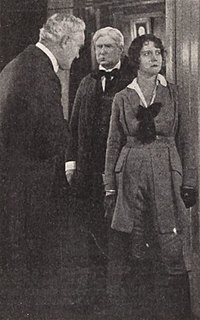
Chain Lightning is a 1922 American silent melodrama film produced and directed by Ben F. Wilson.

Diana Allen was a Swedish-American actress and Ziegfeld girl who starred in silent films such as 1921's Miss 139, which is now lost.












